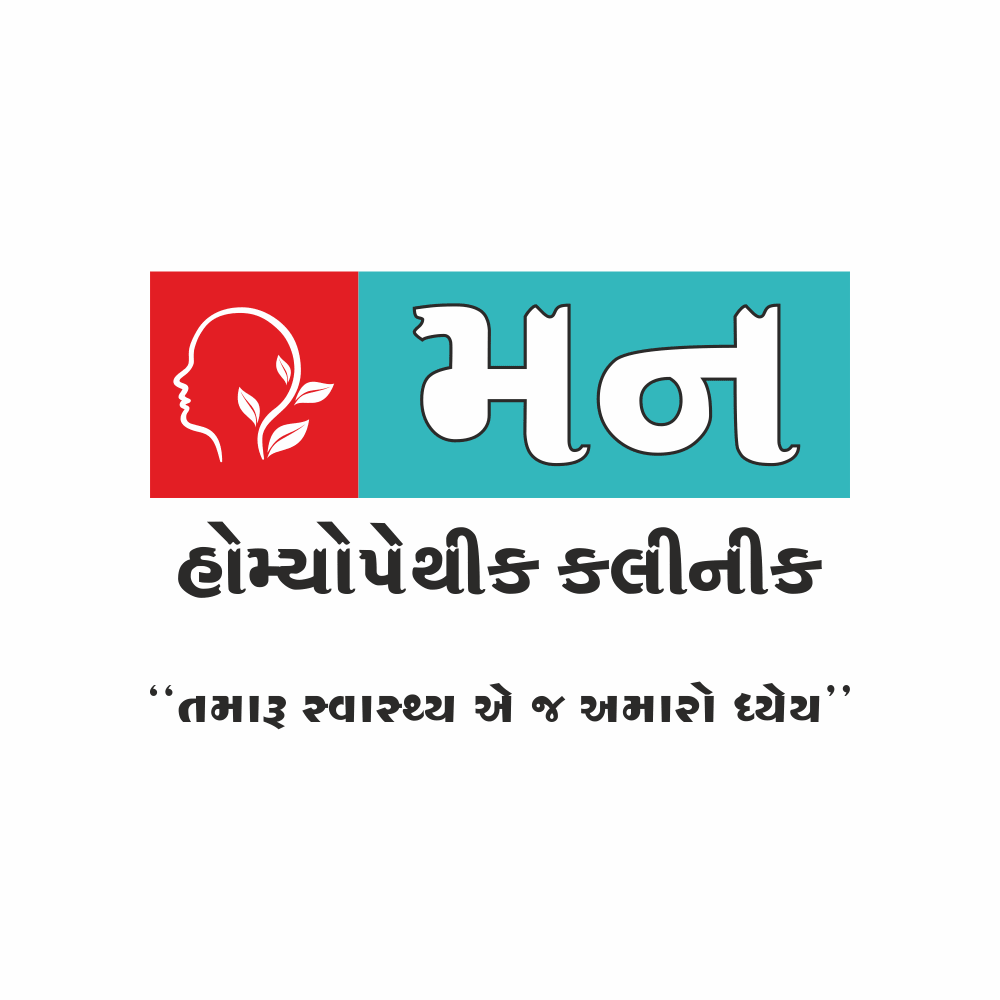
Blatta Orientalis
Overview:
Dive into the intriguing world of Blatta Orientalis, a homeopathic remedy derived from the common cockroach. While its origin might raise an eyebrow, this preparation holds a significant place in the homeopathic materia medica, particularly known for its pronounced action on the respiratory system. Often considered when other remedies have fallen short, it offers a unique symptom picture characterized by difficult breathing, tenacious mucus, and a marked sensitivity to damp environments, making it a valuable tool in addressing chronic bronchial conditions and asthma.
Common names:
Indian cockroach
B
L
A
T
T
A
B
B – Breathing Difficulties & Bronchial Afflictions
It is a key remedy for respiratory troubles, particularly asthma and bronchitis. You’ll often see rattling mucus, shortness of breath, and a feeling of suffocation. Symptoms tend to worsen in humid weather and with exertion.[Boericke’s New Manual of Homoeopathic Materia Medica with Repertory]
L
L – Lung Congestion & Catarrhal States
This remedy has a marked affinity for the lungs, addressing congestion and excessive mucus production. These catarrhal states can be acute or chronic, often presenting with a heavy feeling in the chest. The cough might be accompanied by wheezing and a sense of tightness. It’s worth considering when there’s a persistent build-up of phlegm that the patient struggles to expel. [Lippes Keynotes And Red Line Symptoms By Adolph Von Lippe]
A
T
T – Tenacious Mucus
Airways are filled with thick,tenacious mucus.
[[Lippes Keynotes And Red Line Symptoms By Adolph Von Lippe]]
T
T-Threatened suffocation
It has saved many cases from threatened suffocation due to excess of mucus in bronchi.
[A Study On Materia Medica By N. M. Choudhuri]
A
A-Aggravation from lying down
Oppression of breathing, restlessness, profuse perspiration and aggravation from lying down are some of the symptoms.
[A Study On Materia Medica By N. M. Choudhuri]
Introduction
Constitution
Clinical
Mental Symptoms
Guiding Symptoms
Characteristic
Therapeutic Value
Modality
Remedy Relationship
Dose of Blatta Orientalis
Terminologies
Reference of Blatta Orientalis
Also Search As
Introduction
Introduction of Blatta Orientalis
Common name:
Indian cockroach
Family / Group / Class / Order:
Animal Kingdom
Habit and habitat / Description
As dusk descends, the cockroach, Blatta Orientalis, stirs from its daytime refuge in the cool, damp shadows beneath a leaky sink. Drawn by the scent of discarded food, this nocturnal scavenger with its sluggish gait emerges, joining its gregarious kin in the darkness. While some forage near overflowing bins behind a local eatery, others navigate the humid confines of a ground-level drain. Seeking sustenance and moisture in the warm night, these flightless insects remain close to the ground, their habits and habitat painting a picture that finds an intriguing parallel in their homeopathic application, particularly their sensitivity to dampness.
Name of prover
Dr D. N. Ray[1]
Introduction and history
Blatta orientalis was found accidentally to
relieve asthma in a patient who took tea in which a cockroach had being infused.
In an acute attack it acts much better in lower potencies, the higher being given in more chronic stages.[2]
Parts used
Whole insect
Preparation
It is prepared by triturating live insects with
sugar of milk.
Constitution
Constitution of Blatta Orientalis
Miasm
Sycotic miasm[3]
Clinical
Clinical conditions of Blatta Orientalis
Asthma. Bronchitis. Phthisis.[4]
Sites of action / Pharmacodynamics
Respiratory tract,Bones.
Mental Symptoms
Characteristic Mental Symptoms (psychology) of Blatta Orientalis
Anxiety about health.
Guiding Symptoms
Guiding Symptoms of Blatta Orientalis
Respiratory System
Chronic inflammation of bronchial tubes.Severe chronic asthma. Shortness of breath. Difficult breathing, better from expectoration. Suffocation from great accumulation of mucus. Purulent tough, viscid, yellow mucus. Cough with dyspnea. Pneumonia. Bronchitis and tuberculosis. Spasmodic cough at short intervals with slight expectoration.[5]
Characteristic
Important characteristic features
Guiding
-Primarily an asthma remedy.
-Higher weight but seems strong and robust. Despite this apparent vitality, the patient suffers from dyspnoea and shortness of breath from slight exertion.
-Usually there is great allergy or sensitivity to mould, mildew or rotting leaves.
-< Rain weather.
-Useful in bronchitis and phthisis where there is great dyspnoea.
-Suffocation threatened by great accumulation of mucus.
Nucleus symptoms
–Asthma, especially when associated with bronchitis with much pus-like mucus.
Therapeutic Value
Theraputic value
Asthma, Bronchitis, Obesity, Tuberculosis.
Modality
Modality of Blatta Orientalis
Aggravation
Rainy weather
Remedy Relationship
Remedy Relationship of Blatta Orientalis
Comparison
Compare: (1) Ars., Hydr. (2) Puls., Sil., Kali-s.
Dose of Blatta Orientalis
Dose of Blatta Orientalis
Lowest potencies during an attack.
Potency
6,30.
Terminologies
Terminologies of Blatta Oreintalis
Main Terminologies
Materia Medica:
This is the comprehensive body of knowledge about homeopathic remedies, detailing the symptoms they produce in healthy individuals (provers) and the symptoms they have been observed to cure in the sick. Think of it as the descriptive "pharmacology" of homeopathy.
Proving:
The fundamental process in homeopathy where healthy volunteers (provers) take a specific substance in repeated doses, and all the physical, mental, and emotional symptoms that arise are meticulously recorded. These recorded symptoms form the basis of the materia medica for that substance.
Guiding Symptoms/Keynotes:
These are the most distinctive, peculiar, and characteristic symptoms of a remedy. They often act as crucial indicators when differentiating between similar remedies. For Blatta Orientalis, the worsening of respiratory issues in damp weather and the thick, tenacious mucus are keynotes.
Affinity:
This term describes the tendency of a particular remedy to have a stronger action on specific organs or systems within the body. Blatta Orientalis has a pronounced affinity for the respiratory system.
Aggravation:
This refers to the worsening of existing symptoms after the administration of a homeopathic remedy. It can also refer to factors that make the patient’s symptoms worse in general, such as the damp weather aggravation seen with Blatta Orientalis.
Expectoration:
The act of coughing up and spitting out mucus or other substances from the lungs and airways. In the context of Blatta Orientalis, the nature of the expectoration (e.g., thick, tenacious, color) is a significant characteristic.
Catarrhal:
Relating to inflammation of the mucous membranes, particularly of the respiratory tract, often accompanied by an increased flow of mucus. Blatta Orientalis is frequently indicated in chronic catarrhal conditions of the lungs.
Other Terminologies
Tenacious:
Describing something that holds fast or sticks firmly; in the case of Blatta Orientalis, the mucus is often described as tenacious, meaning it’s sticky and difficult to expel.
Wheezing:
high-pitched whistling sound during breathing, often a sign of narrowed airways, common in conditions like asthma and bronchitis where Blatta Orientalis may be considered.
Suffocation:
A feeling of being unable to breathe or get enough air; a distressing symptom that can be present in cases where Blatta Orientalis is indicated for respiratory distress.
Nocturnal Aggravation:
The worsening of symptoms specifically during the night. This time-related modality is a notable feature of the cough associated with Blatta Orientalis.
Modalities:
These are factors or conditions that make a patient’s symptoms better or worse (e.g., time of day, weather, temperature, position, food). The aggravation by damp weather is a crucial modality for Blatta Orientalis.
Miasm:
In homeopathic theory, miasms are fundamental underlying chronic disease predispositions inherited or acquired, influencing how individuals react to illness and remedies. While not always explicitly detailed for every remedy, understanding the likely miasmatic background (e.g., Tubercular in the case of Blatta Orientalis due to its affinity for respiratory issues) can inform remedy selection.
Temperament:
Refers to the characteristic or habitual inclination or mode of emotional response. While not strictly defined for Blatta Orientalis as a "type," observations of patients who respond well to it might reveal certain temperamental tendencies.
Diathesis:
A constitutional predisposition or susceptibility to certain diseases or conditions. A respiratory or allergic diathesis might be associated with individuals who benefit from Blatta Orientalis.
Reference of Blatta Orientalis
Reference
[1] Materia medica by Dr.S.K.Dube
[2] Gems textbook of materia medica by Dr.Patil
[3] Zomeo
[4] Dictionary Of Practical Materia Medica (All 3 Vol.) By Clarke J. H.
[5] Nature’s Materia Medica By Robin Murphy, Md
Also Search As
Also Search As of Blatta Orientalis
1. General Web Search Engines (Google, DuckDuckGo, etc.):
Specific Keywords:
Use precise terms like:
"Blatta Orientalis homeopathy"
"Blatta Orientalis materia medica"
"Homeopathic treatment Blatta Orientalis"
"Blatta Orientalis symptoms"
Combine with Author Names:
If you know a specific homeopathic author, include their name (e.g., "Boericke Blatta Orientalis").
Search within Specific Websites:
If you know a reputable homeopathic website, you can use site-specific searches
2. Dedicated Homeopathic Websites and Databases:
Online Materia Medicas:
Many websites host searchable versions of classic Materia Medicas (e.g., Boericke, Clarke, Allen). Search for "online materia medica" to find these resources and then search within them for Blatta Orientalis.
Homeopathic Journals and Publications:
Websites of homeopathic journals often have archives of articles. Search for the names of known journals (e.g., The Homeopathic Heritage, British Homoeopathic Journal – note some may be older or have merged). Some may require subscriptions.
Homeopathic Software:
If you use homeopathic software (like RadarOpus, MacRepertory), these usually have integrated materia medicas and sometimes case archives.
Reputable Homeopathic Organizations and Colleges:
Websites of national or international homeopathic organizations and colleges may have resources, articles, or links to relevant information.
3. Academic Databases:
PubMed:
While primarily focused on conventional medicine, PubMed may contain some studies or articles related to homeopathic provings or clinical outcomes of Blatta Orientalis. Use the same specific keywords as mentioned for general search engines.
Google Scholar:
This is a broader academic search engine that can uncover research papers, theses, and books related to homeopathy and Blatta Orientalis.
4. Online Homeopathic Forums and Communities:
While not peer-reviewed articles, discussions on reputable homeopathic forums can sometimes provide insights, personal experiences, and references to relevant literature. Be discerning about the information shared in such forums.
Frequently Asked Questions (FAQ)
What conditions is Blatta Orientalis commonly used for?
It is frequently used for issues like asthma, bronchitis, and coughs, especially when symptoms worsen in damp weather and involve thick mucus.
Where can I find reliable information about this medicine ?
Reputable sources
include online materia medicas, homeopathic journals, and websites of recognized homeopathic organizations and educational institutions.
Are there any side effects of using Blatta Orientalis?
None.
Homeopathic remedies, when properly prescribed, are generally considered safe due to their highly diluted nature. Consult a qualified homeopath for guidance.
How is Blatta Orientalis prepared as a homeopathic medicine?
It undergoes a specific process of dilution and succussion (vigorous shaking) to create the homeopathic potency.
What are the key symptoms that might indicate a need for Blatta Orientalis?
Key indicators
include difficulty breathing, a rattling cough with tenacious mucus that is hard to expectorate, and aggravation of symptoms in humid environments.
Is Blatta Orientalis used for allergies?
Yes
While primarily known for respiratory issues, it may be considered in allergic respiratory reactions that align with its characteristic symptoms.
How do I know if Blatta Orientalis is the right remedy for me?
It is crucial to consult a qualified and registered homeopath who can assess your individual symptoms and determine the most appropriate remedy.
